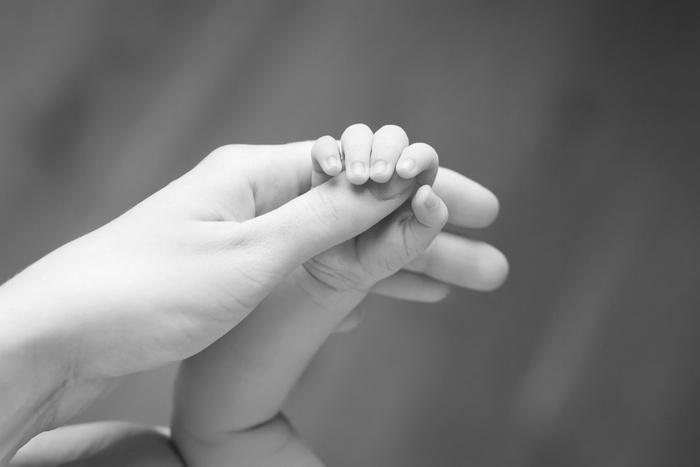AI-Powered Hand Hygiene for Healthcare Safety
Discover how AI-powered hand hygiene technology is transforming infection prevention in healthcare facilities, marking a new era in safety and hygiene. Explore the benefits and innovations that enhance patient care and control infections effectively.
BREAKTHROUGHCLINICAL STORIESIN THE NEWSPRODUCT UPDATES
10/23/20253 min read


We often talk about hand hygiene as a “no-brainer” in hospitals — wash your hands, reduce germs, save lives. But the reality on the ground is much messier. Busy staff, competing priorities, “I’ll do it later” thinking, and human fallibility all conspire to erode compliance.
The 2024 study by Simioli et al. examines an intriguing solution: harnessing artificial intelligence (AI) not just to monitor, but to train and report infection prevention behaviors in critical care wards. Their approach offers a glimpse into the future — one where technology supports human routines, instead of scolding them.
What the Study Did
The authors deployed hand hygiene systems outfitted with AI capabilities in critical wards (e.g., intensive care settings).
The technology was designed not merely to log “yes/no did wash hands” data, but to evaluate how well the wash was performed — motion detection, timing, coverage — and to provide feedback or training.
Over time, they collected data to see whether these AI-enhanced systems improved compliance and technique, and whether they supplied better reporting of infection prevention efforts.
They also discussed challenges: things like staff believing gloves replace hand hygiene, lack of sinks or access, time pressure, and cultural modeling (whether senior staff set a good example) as consistent barriers to proper hygiene. PubMed
What They Found (Spoiler: It’s Encouraging)
Enhanced Objective Assessment
The AI system could distinguish “hygienic” handwashing events from incomplete ones — not just counting attempts, but evaluating technique. PubMedDaily Training & Reinforcement
Because the system stayed in the workflow, it offered continuous, on-the-job training rather than occasional lecture-style reinforcement. Over time, users internalized better technique. PubMedReporting Made Robust
Instead of piecemeal audits (spot checks, manual logs), the AI provided routine, objective data — consistent, scalable, and less vulnerable to bias. PubMedBehavioral Barriers Remain Real
The study authors explicitly call out persistent obstacles:Some staff believe wearing gloves obviates the need to wash hands.
Infrastructure gaps (few sinks, inconvenient placement) make compliance harder.
Time constraints and workload pressure push hand hygiene to the “optional” column.
Poor role modeling — when senior staff skip hygiene, juniors mimic it. PubMed
They note that the cost–benefit balance of AI systems must be carefully assessed — i.e. initial hardware, maintenance, training vs. reductions in HAIs and downstream savings. PubMed
Why This Study Matters
This isn’t just another technology experiment. It challenges a core assumption: that monitoring alone is enough. Instead, the AI becomes a teacher, evaluator, and partner — not just a scoreboard.
When you shift from “Did you wash?” to “How well did you wash?” you move from compliance to quality. That shift is crucial, because a sloppy 5-second rinse doesn’t meaningfully cut microbial load.
It’s also a nudge toward culture change: letting data and feedback reshape norms rather than relying purely on policies and audits.
How the Insights Fit with Soapy’s Vision
If you’ve followed our discussions, you’ll notice many parallels with Soapy’s approach:
Soapy’s systems aim not just to detect usage, but to evaluate technique (duration, coverage, gestures).
They embed feedback loops and gamification to make correct hygiene a practiced habit.
They generate transparent reports to support continuous improvement rather than punitive oversight.
The Simioli et al. study strengthens the case for AI-based hygiene tools. It shows that these systems are more than bells and whistles; they address real, stubborn gaps in infection prevention.
The Takeaway (with a Nod to Reality)
Human behavior in hospitals is complicated. Systems are busy, stresses are constant, and hygiene sometimes loses in the hierarchy of priorities. What this research suggests is not a silver bullet — but a powerful ally.
By integrating AI into routine hygiene practice, hospitals can:
Elevate handwashing from checkbox to craft
Offer seamless, ongoing training
Build data-driven accountability
Tackle long-standing barriers (glove overconfidence, poor infrastructure, role modeling)
If you run or advise a hospital, this research argues you shouldn’t just consider doing “better audits” — you should consider making monitoring smarter, feedback instantaneous, and compliance an embedded habit.
Soapy In The News
ABOUT SOAPY
© 2025. All rights reserved Soapy Care LTD | Designed by VeloGTM LLC
